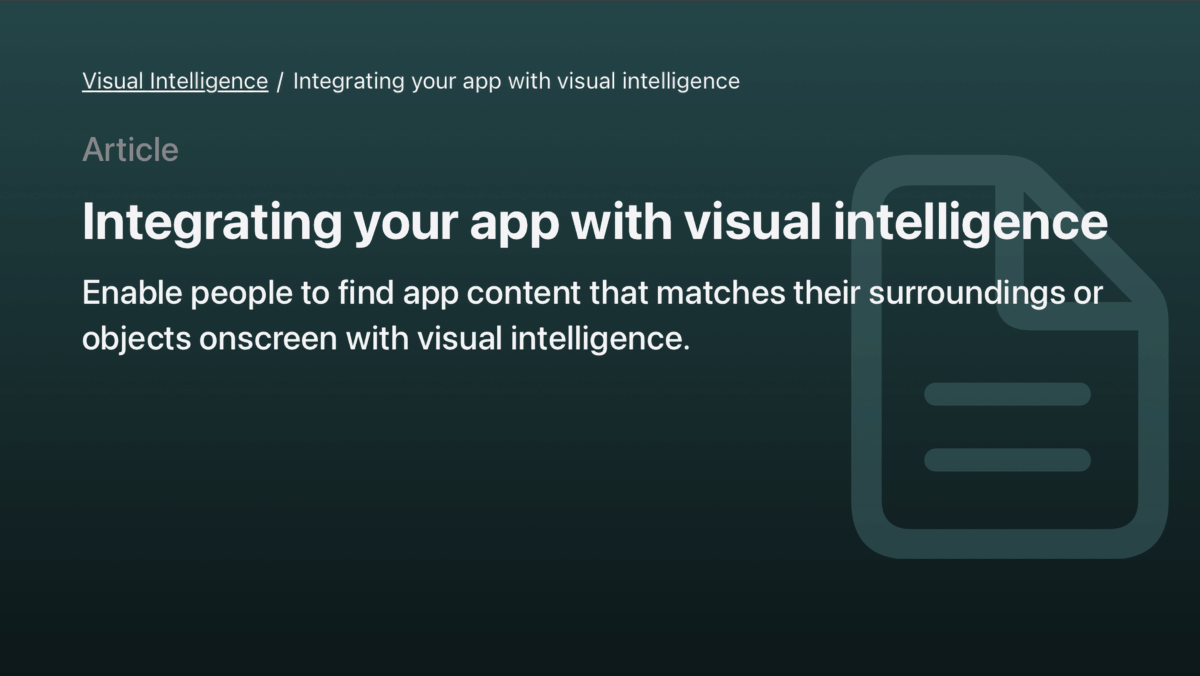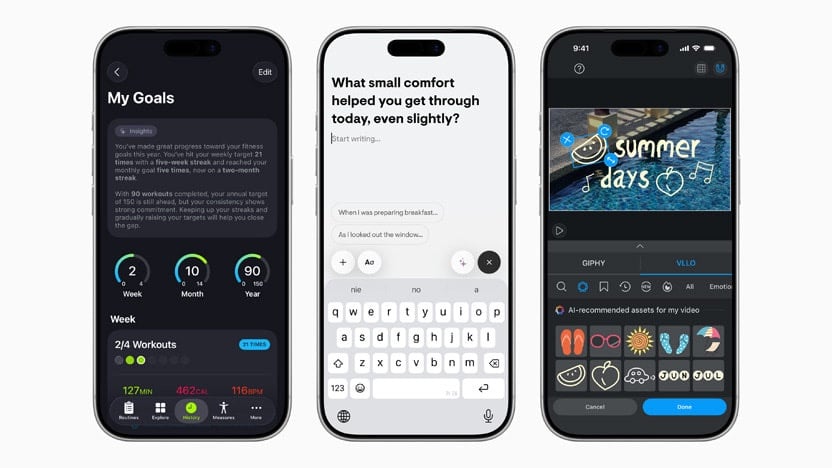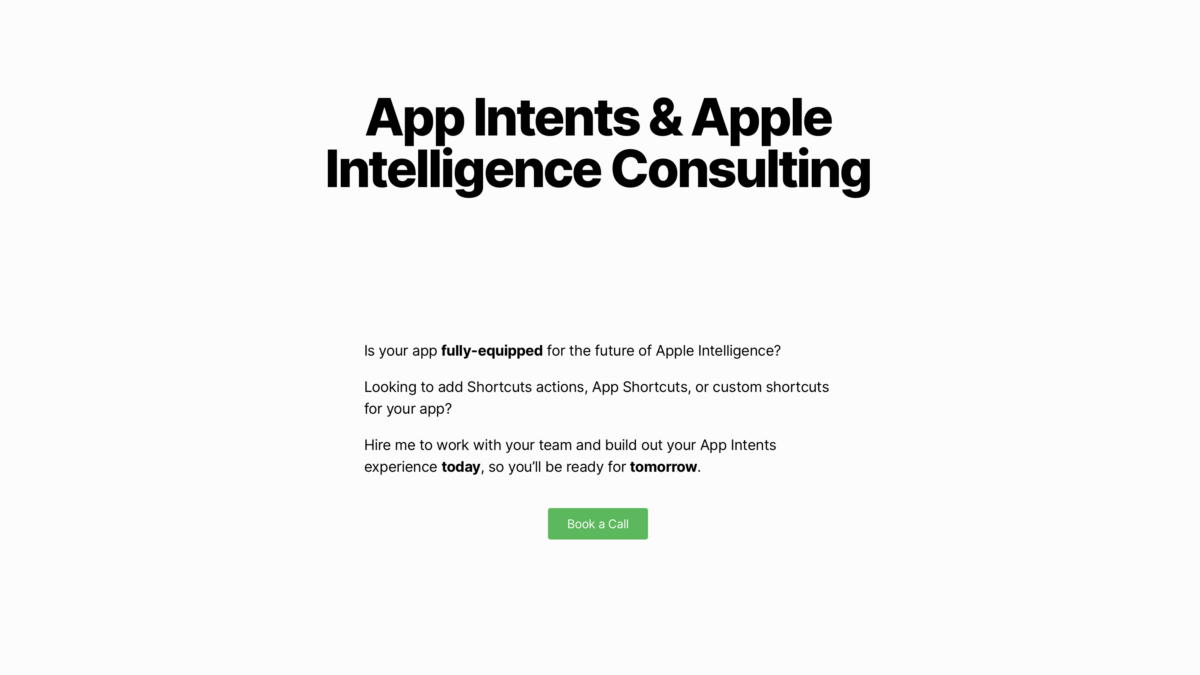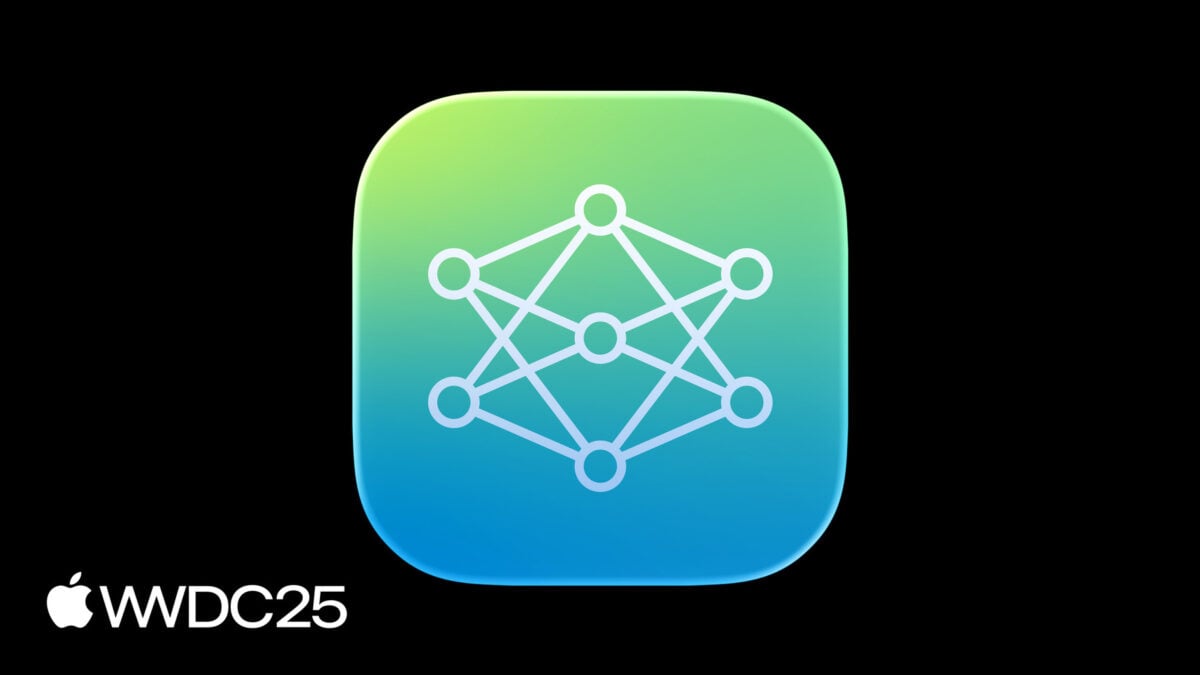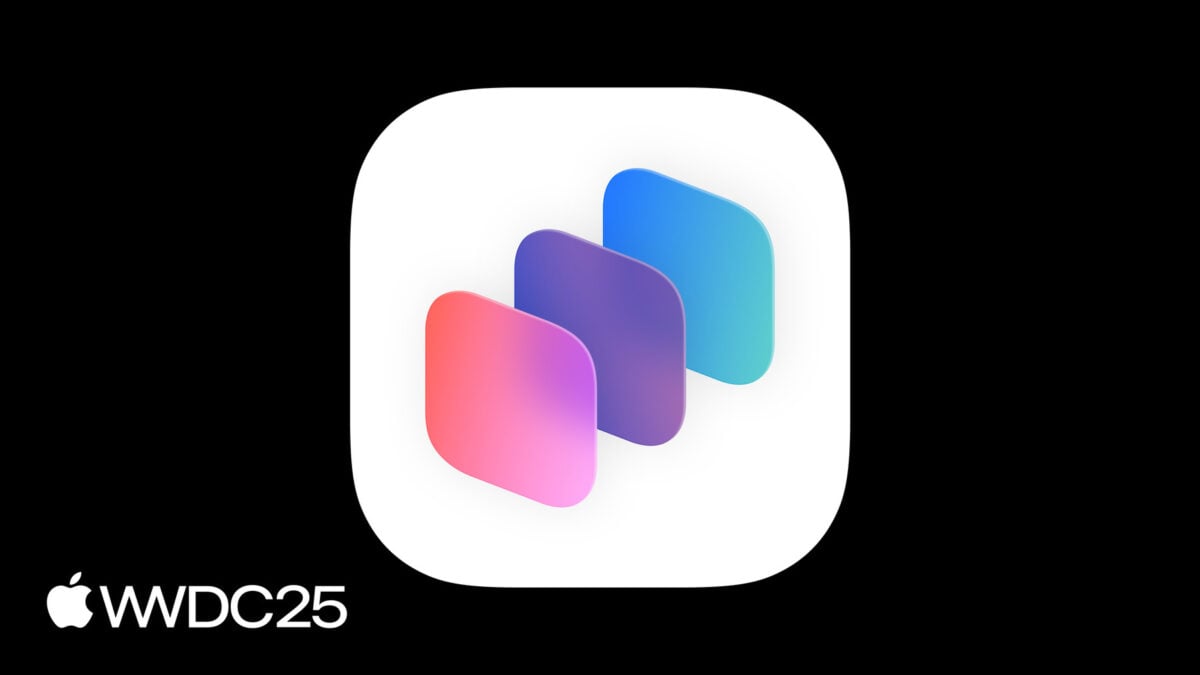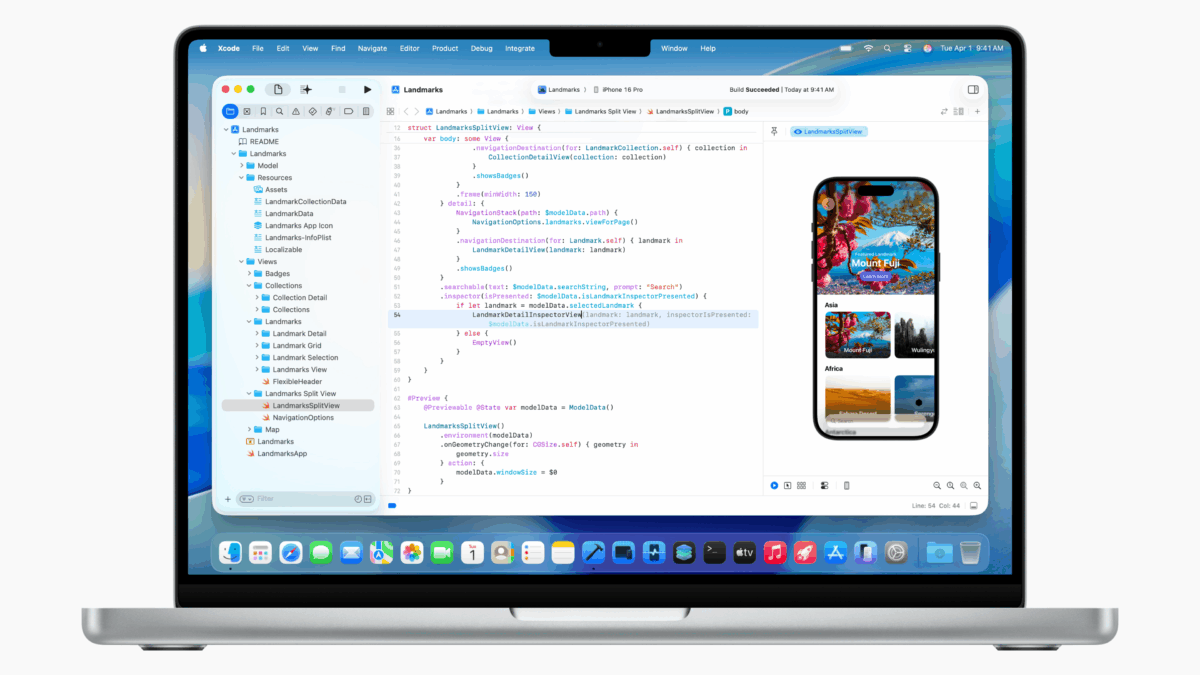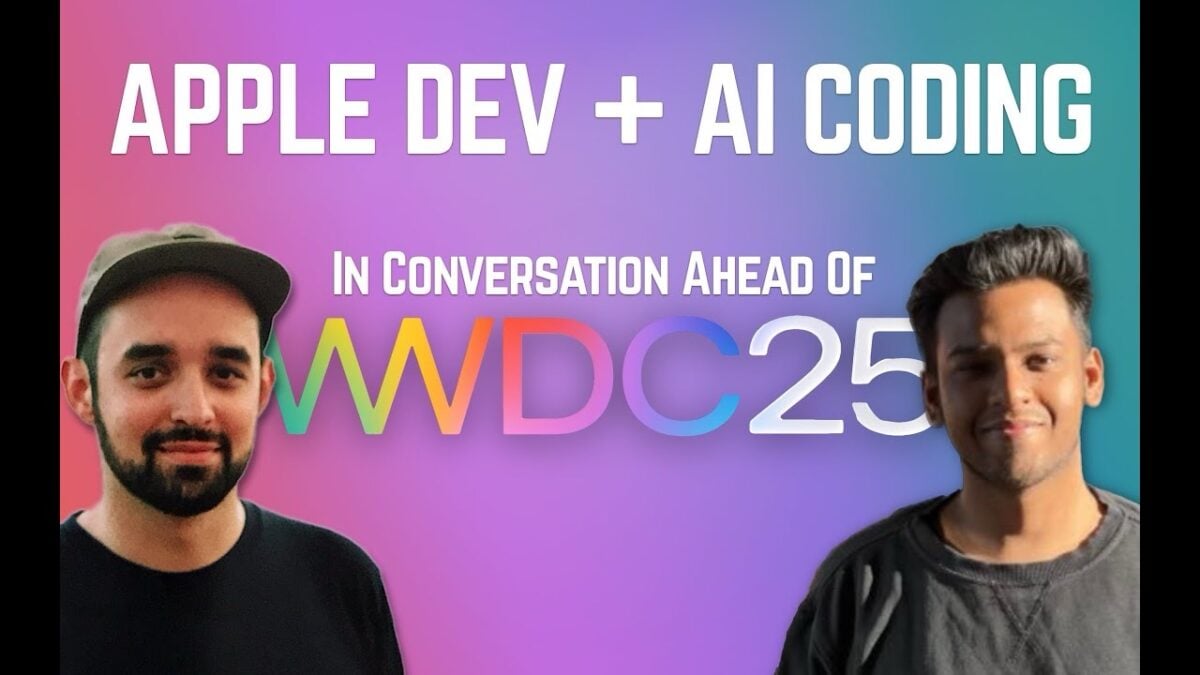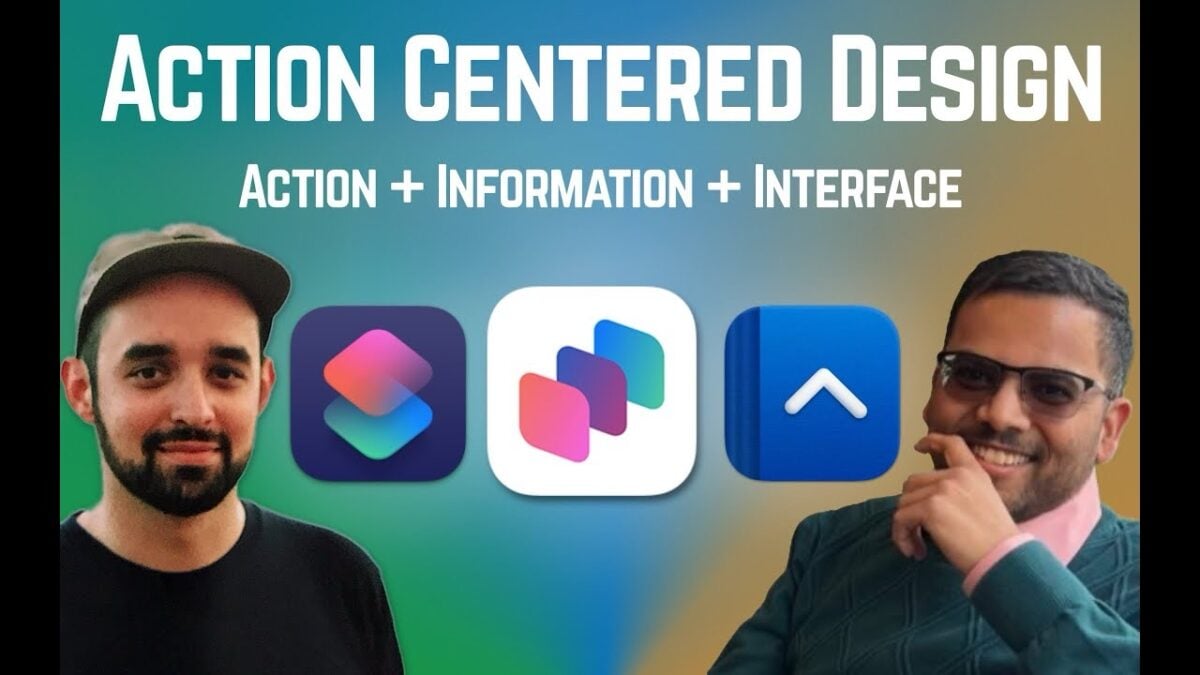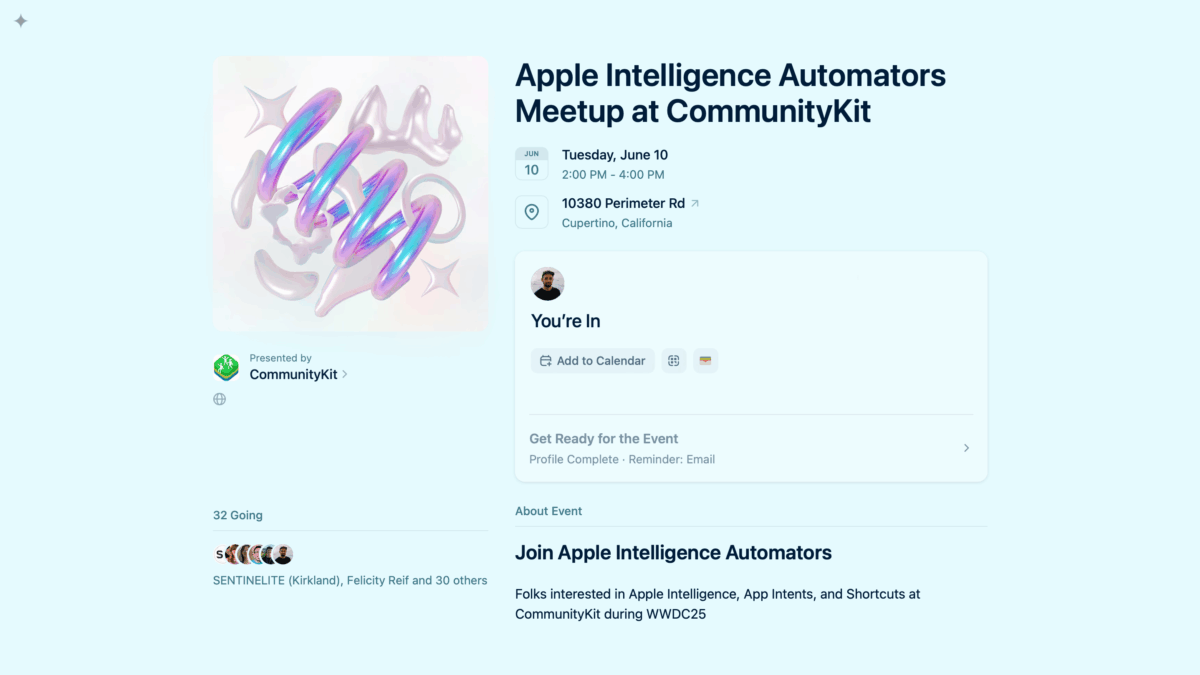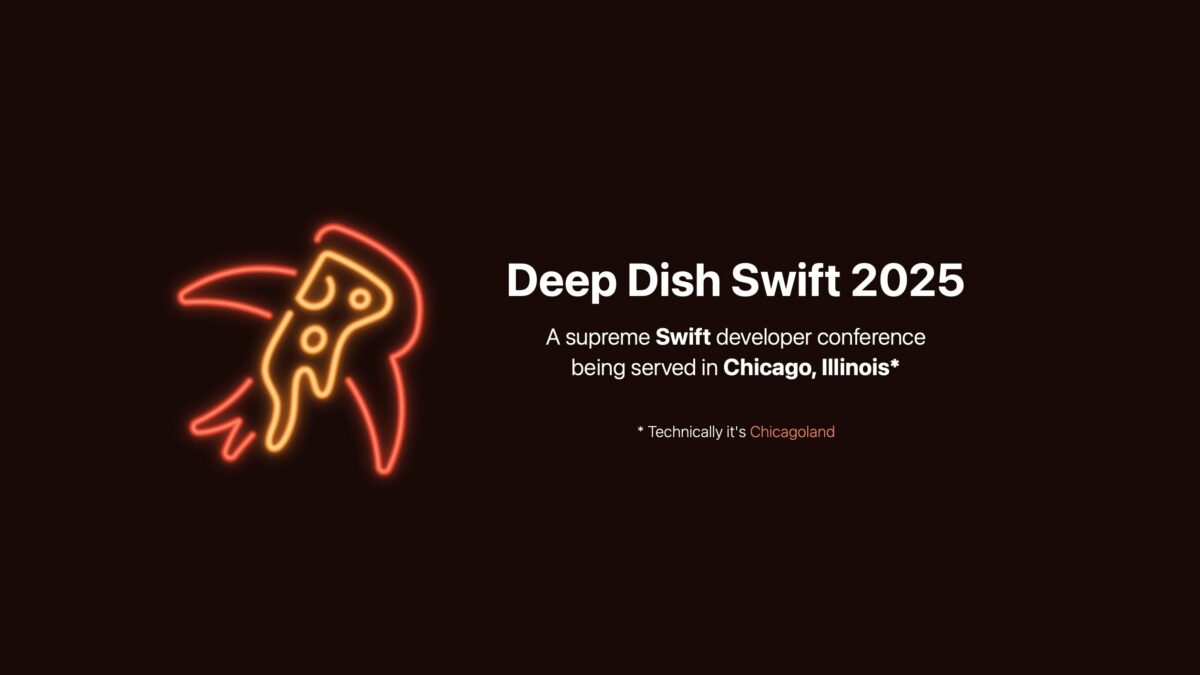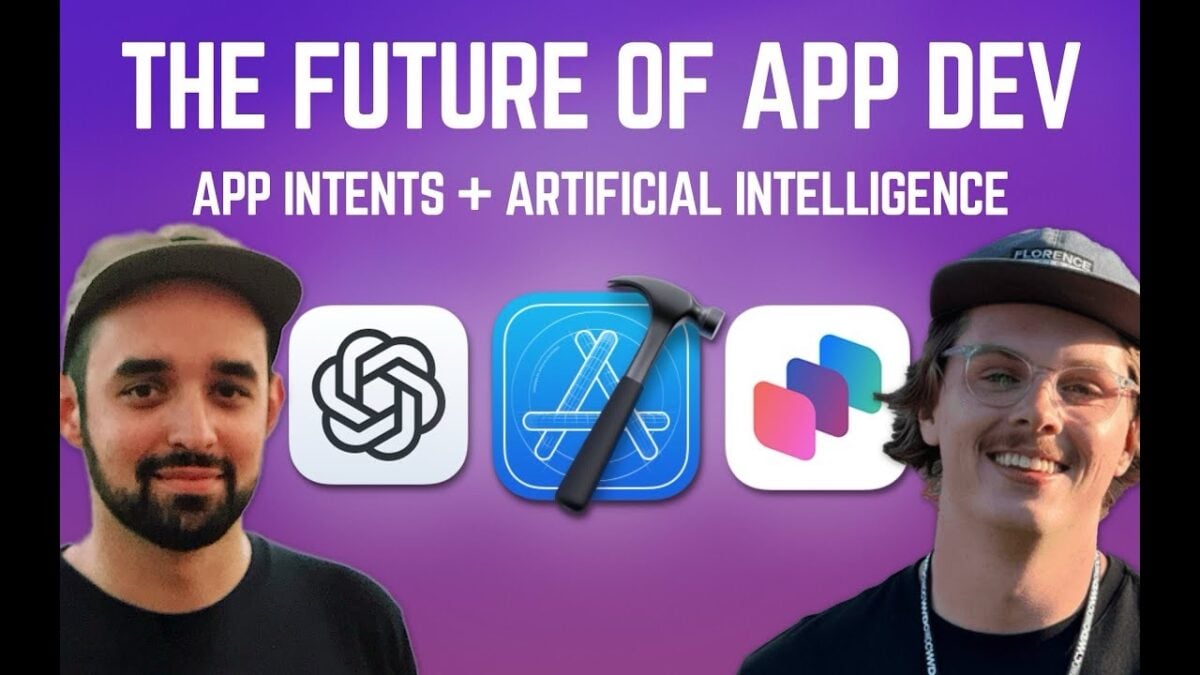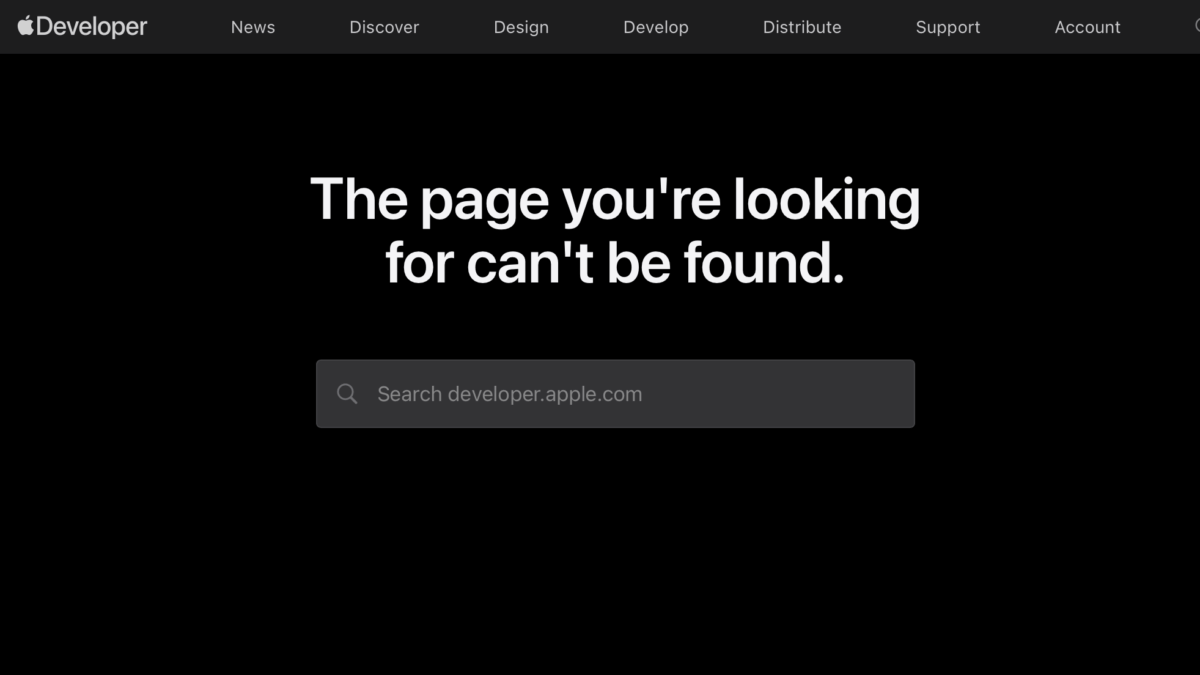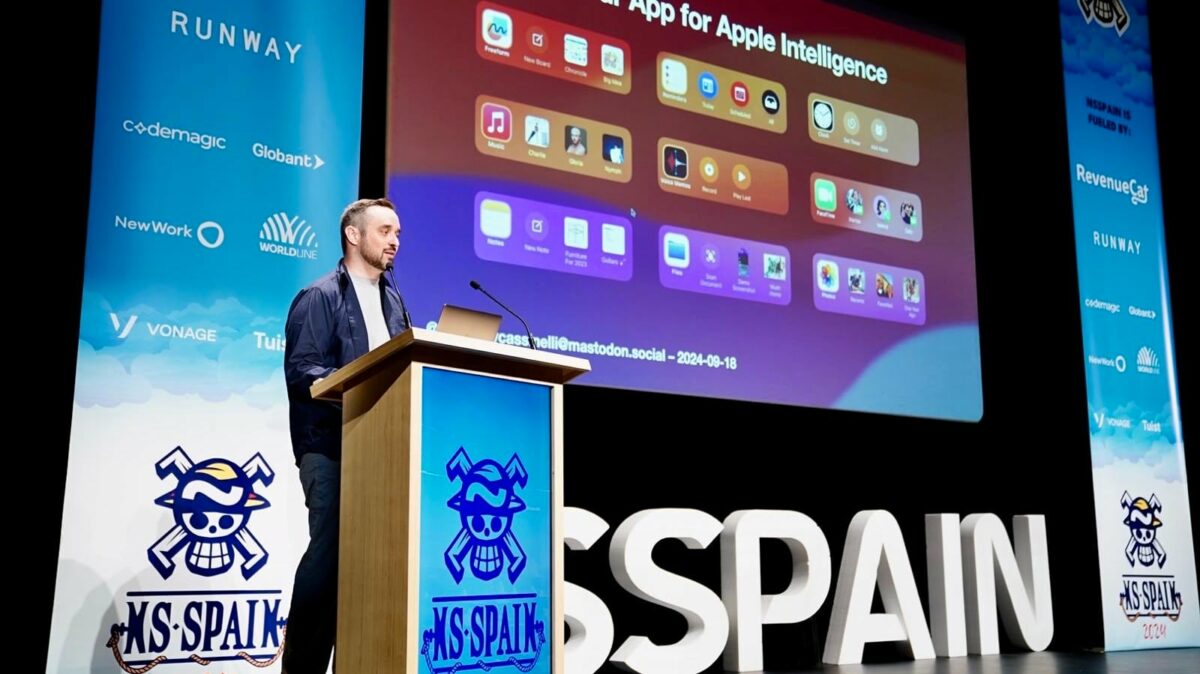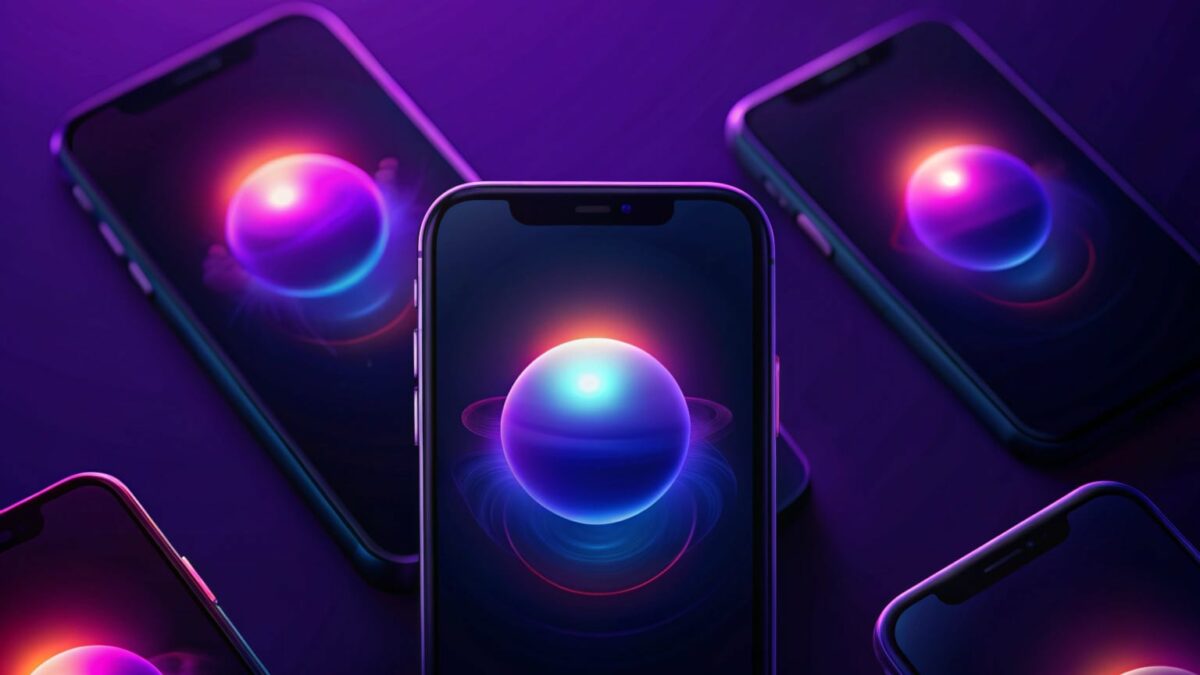Jason Snell on the Upgrade podcast:
It’s the idea that there’s a personal data trove that you have. And then you’re asking the model to query the contents. […] You know about all this stuff, now do stuff with it.
And if you can do that on device, it’s really powerful. [I]t’s hard to do that in the cloud because you would actually need to upload it to Private Cloud Compute. And that’s a lot of data. So what you want is some parsing to happen on device.
But that’s the dream, right? Is that your phone knows about your stuff and then the LLM that’s running can make uh distinctions based on your stuff.
And ideally the model could potentially, and I know this is wild, I don’t think they’ve talked about it, but ideally the model could query your personal context, get a bunch of related data out, and then send that in a query to the private cloud and have it process it, right? You could have a kind of cherry picking your personal data model on device that then kicks it to the more powerful model to process it and intuit things about it.
There’s lots of ways you could do this. It’s a great idea. It was a great idea in 2024 when they showed it, but they got to do it – is the challenge there.
In reply to Jason, cohost Myke Hurley said the following:
So, I’m just going to make a little prediction. These[…] things that I’ve spoken about, we will see iOS 27 before [they] ship.
I believe they will have stuff – like, I believe they will have [releases] in the spring like it has been rumored, but I don’t think all of these things.
I think particularly the Personal Context thing… we may never see that.
For what it’s worth Apple has done this and named it Queries. Shortcuts users might better understand this as the Find actions, which allow actions to find and filter data from apps before using it in their shortcuts.
Introduced for developers alongside the App Intents API in 2022, Queries are how intents/actions retrieve entities/data from apps. In their most recent session “Get to know App Intents” from 2025, they explicitly say the following – a phrase that caught my attention in regards to the “new Siri” we’ve been waiting for:
Queries are the way the system can reason about my entities
Apple has also been building out their ability to index and query these entities through their Spotlight support, as well as now Visual Intelligence.
You can learn more about Entity Queries & Indexed Entities, and watch the developer sessions for Get to Know App Intents & Explore new advances in App Intents.
Check out Upgrade #588, follow the show on Apple Podcasts, or watch the video on YouTube.

